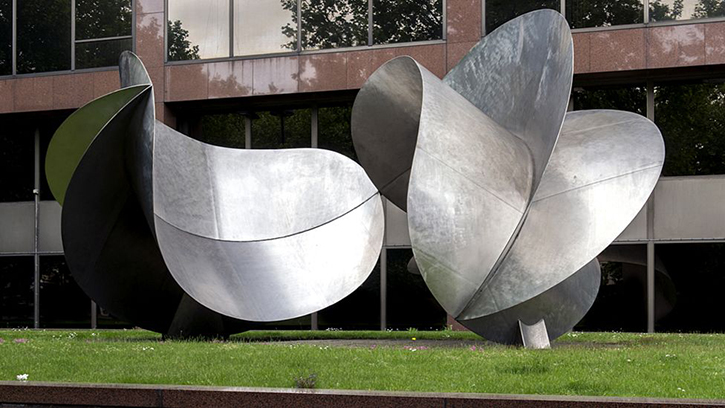Stitch Block
- mickayladawes
- Nov 6, 2016
- 2 min read
At the beginning of the stitch block, we were advised by our tutor to focus on one of our drawings as inspiration for our stitch samples. The drawing I chose was the one below, of a Chinese lantern plant.

I decided to compile some ideas in order to give myself some direction for the making of my stitch samples
Areas I focused on:
The bold lines in the drawing - irregular, broken, strong, thick, heavy
The delicate lines in the drawing - web-like, thin, barely there, grid-like
The form - almost dome-like, fragile, not solid, unresolved
The way I chose to reflect these qualities was through experimentation with:
My handmade paper made from abaca and flax fibre - it is delicate and has a crinkly surface (broken planes)
Construction techniques (creating irregular curved 3D shapes out of fabric)
My use of kozo fibres (they give strong broken lines and irregular form and pattern to a surface, it can be dried over a 3D shape
Using wax painted over paper to give a cracked surface
One of the challenges I faced when exploring form through construction techniques, was trying not to make my creations look like replicas of the flower heads. I thought of a way around this by not making completely spherical shapes, but instead, making partial, unfinished spheres or interior skeletons.
During the stitch block, I was passing by a building near Westminster Bridge. Outside of it is a sculpture called 'South of the River' made by Bernard Schottlander in 1976. As soon as I saw it, I saw the potential for making a similar construction out of fabric in the shape of the flower head. I made two versions of this - one plain and one slightly ruched, as seen in the photos above. The sculpture is also reminiscent of the Fulani earrings traditionally worn in West Africa.
Above are my samples with kozo fibres. I soaked the fibres before placing them over a warm egg (in the shell) to dry. Once dried, they keep their shape, but are very fragile.
Also shown are my constructions out of abaca paper, based on the "skeleton" of the Chinese lanterns, and my linen fabric constructions.
Above are the results of my experiments with my handmade abaca paper. During my tutorial, the stitch tutor suggested that something could be placed beneath the paper, but because it wasn't translucent enough, anything put underneath the paper couldn't be clearly seen. After a few days, I had the idea of brushing the paper with some oil to make it more translucent. I deliberately left some areas not oiled as I wanted there to be a contrast between the opaque and the translucent.




















Comments